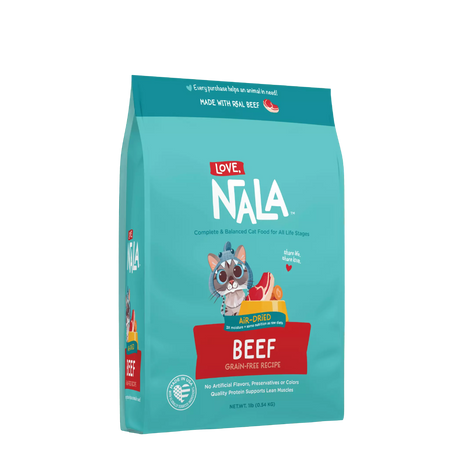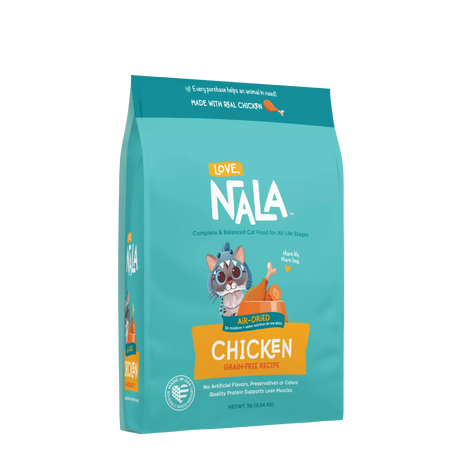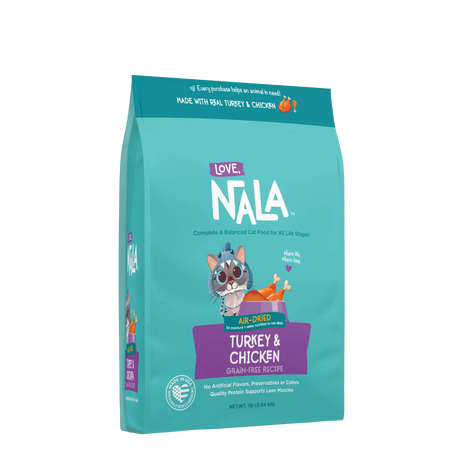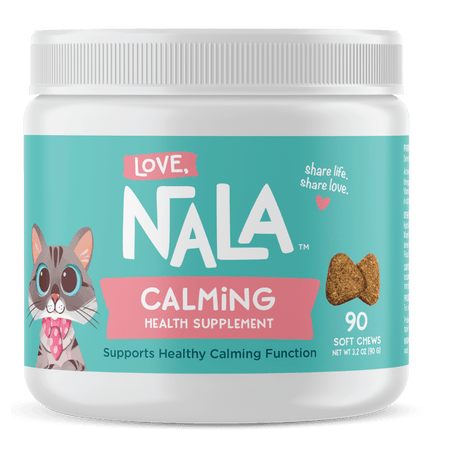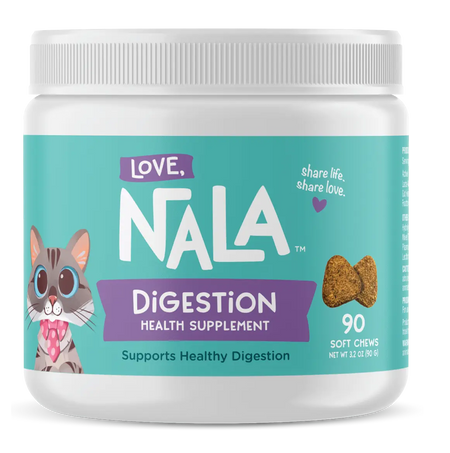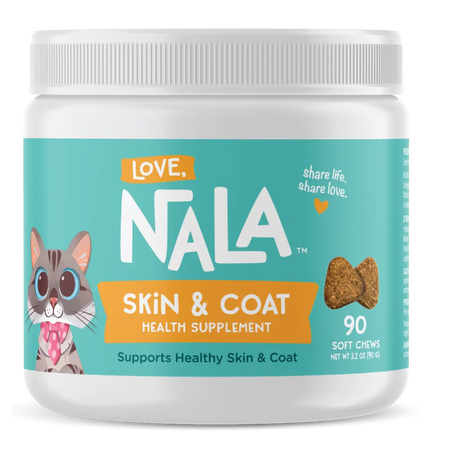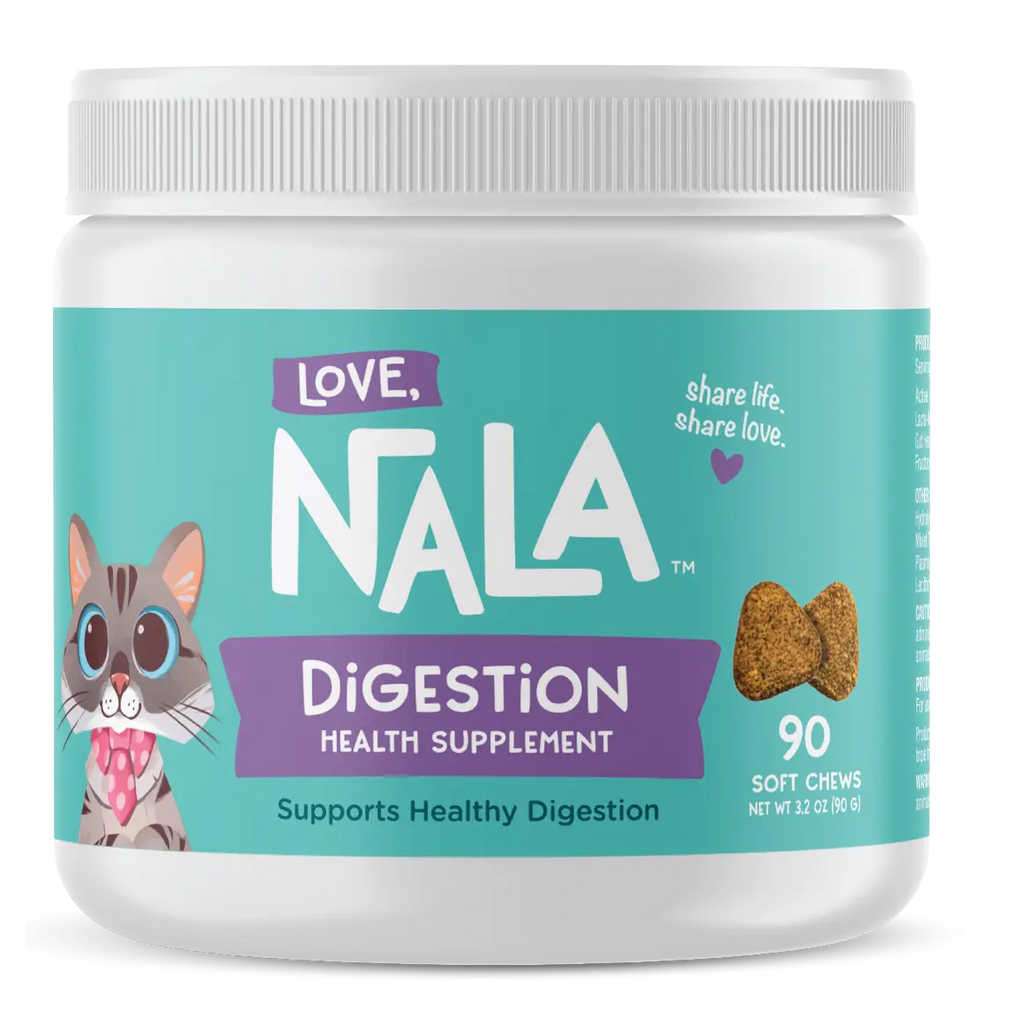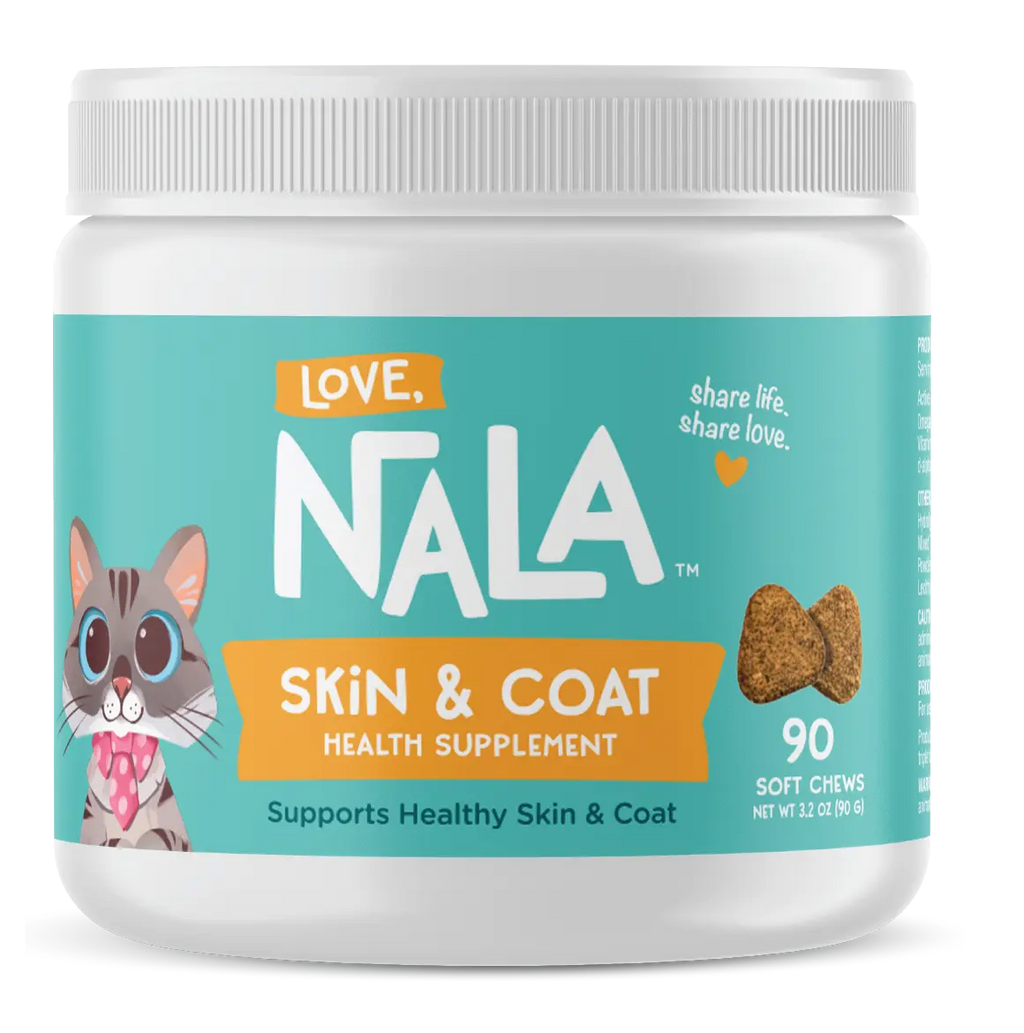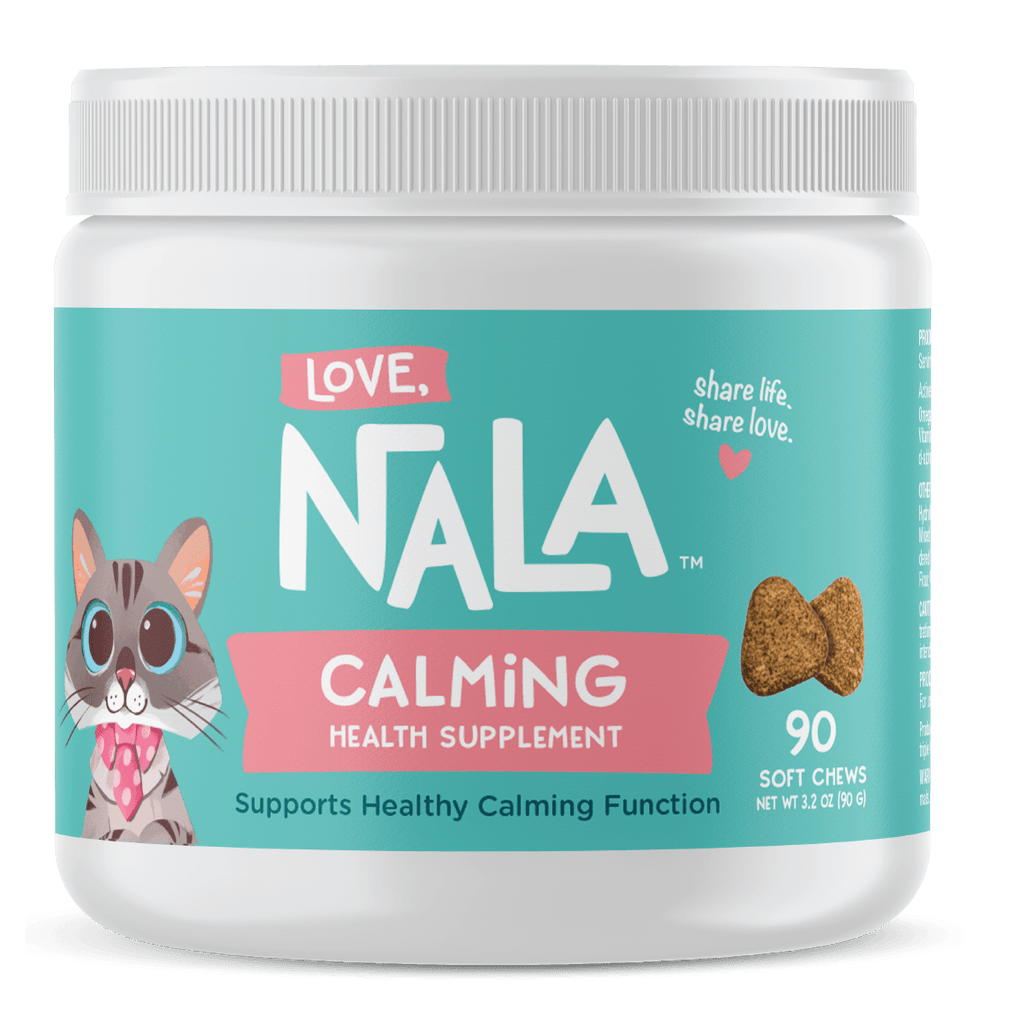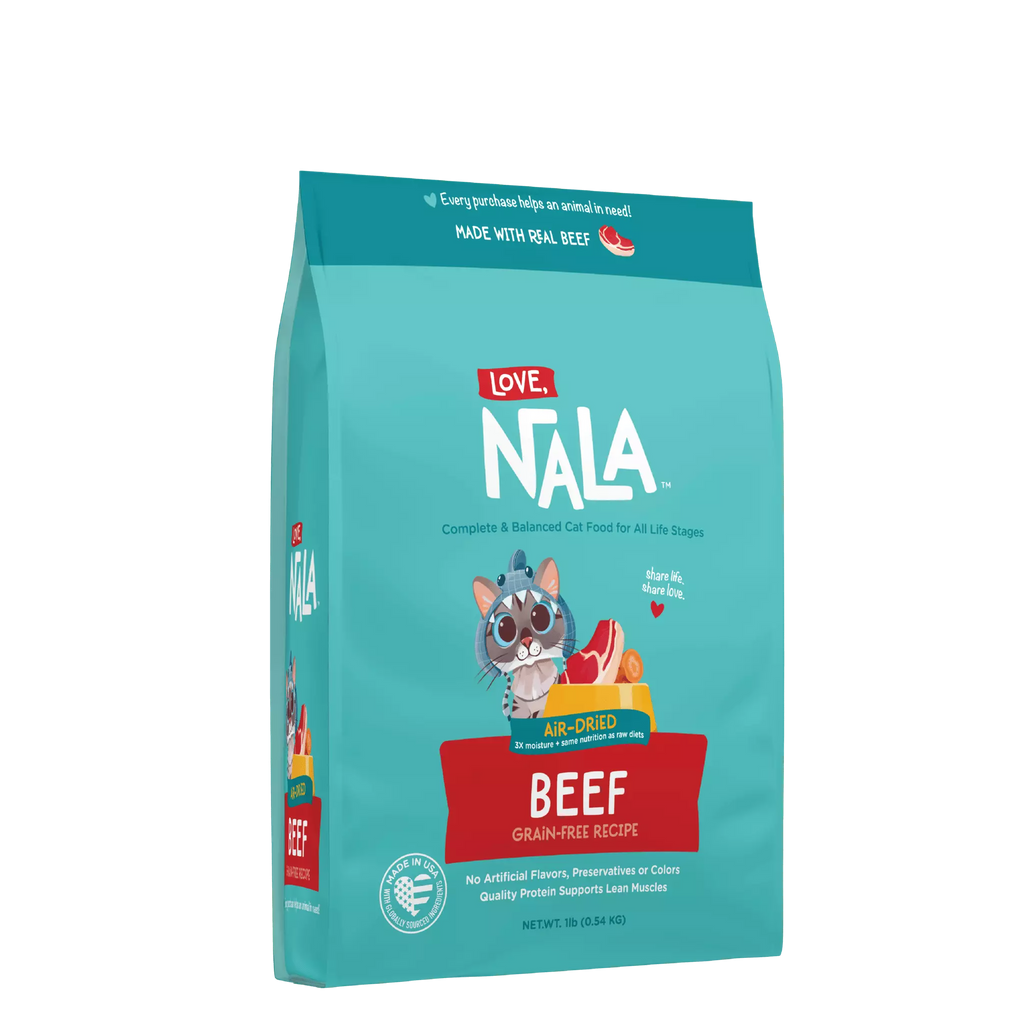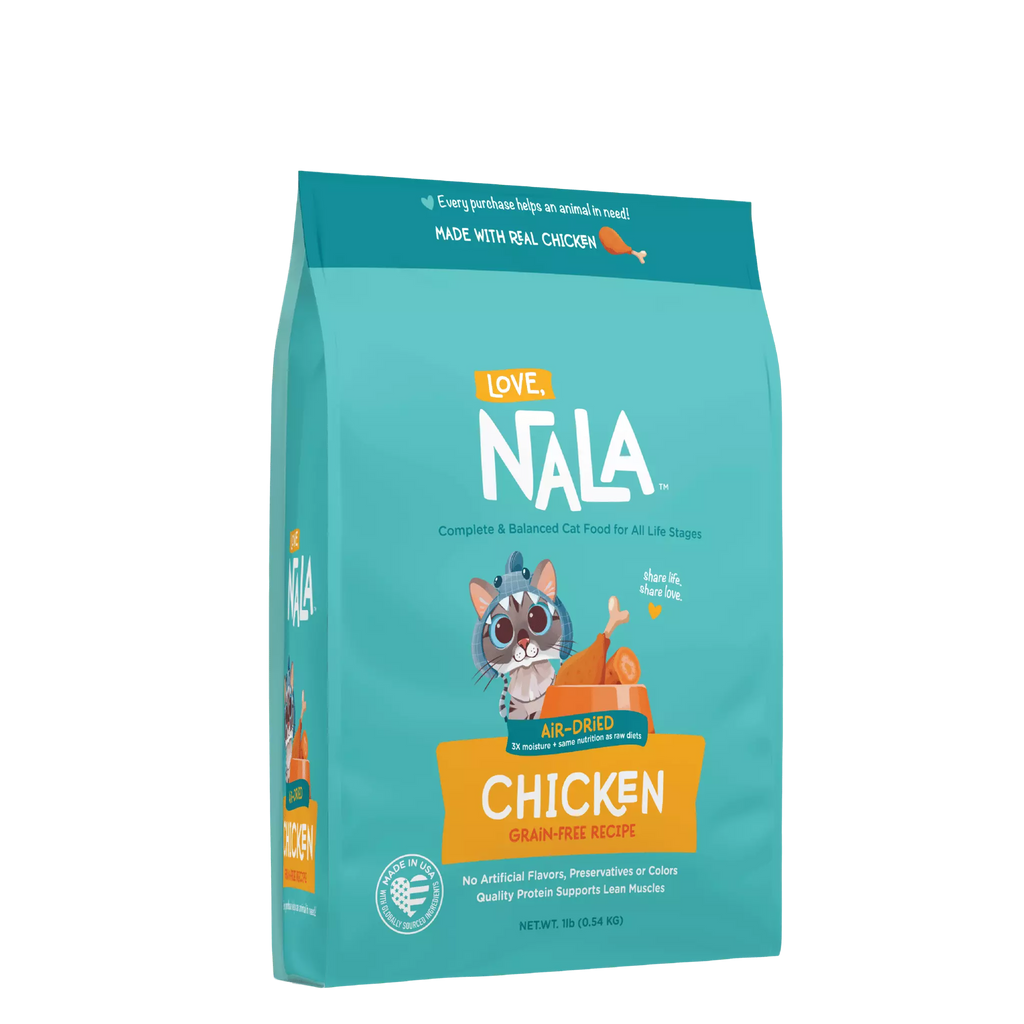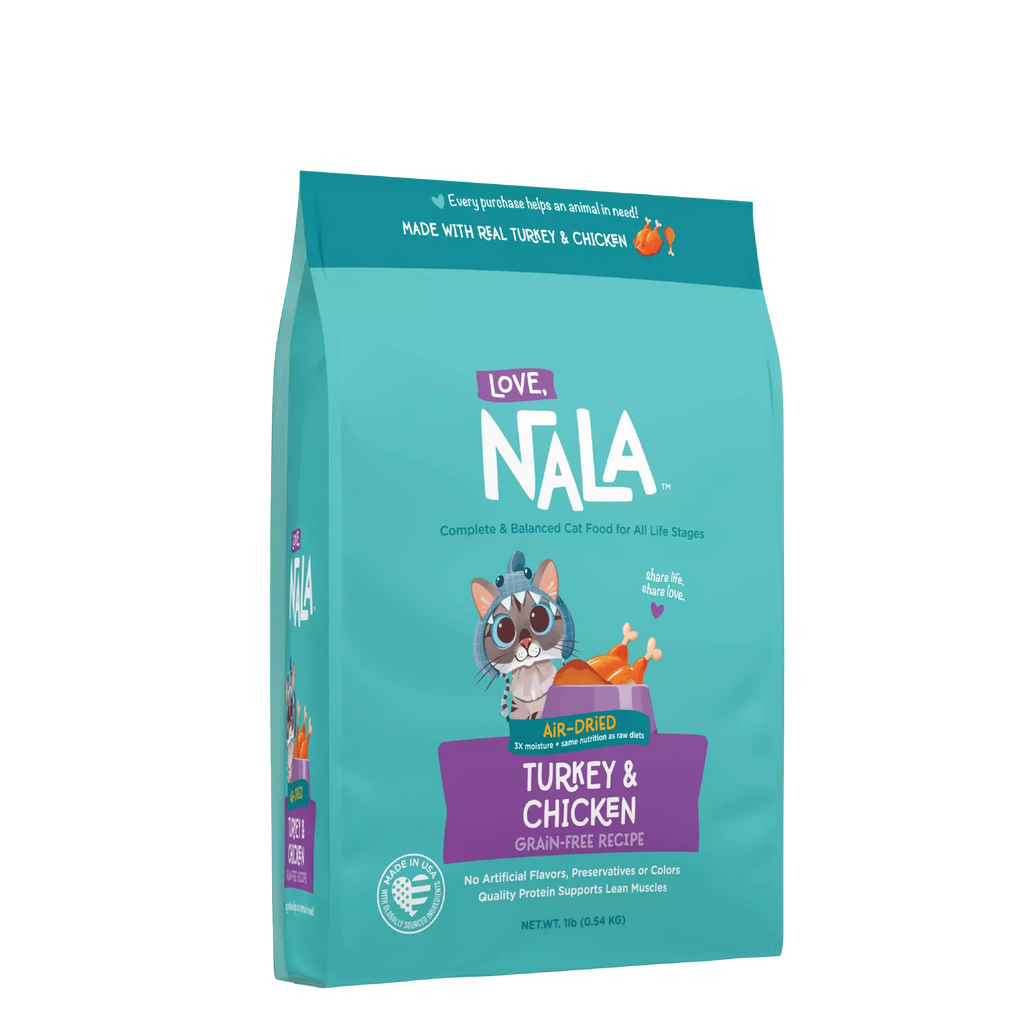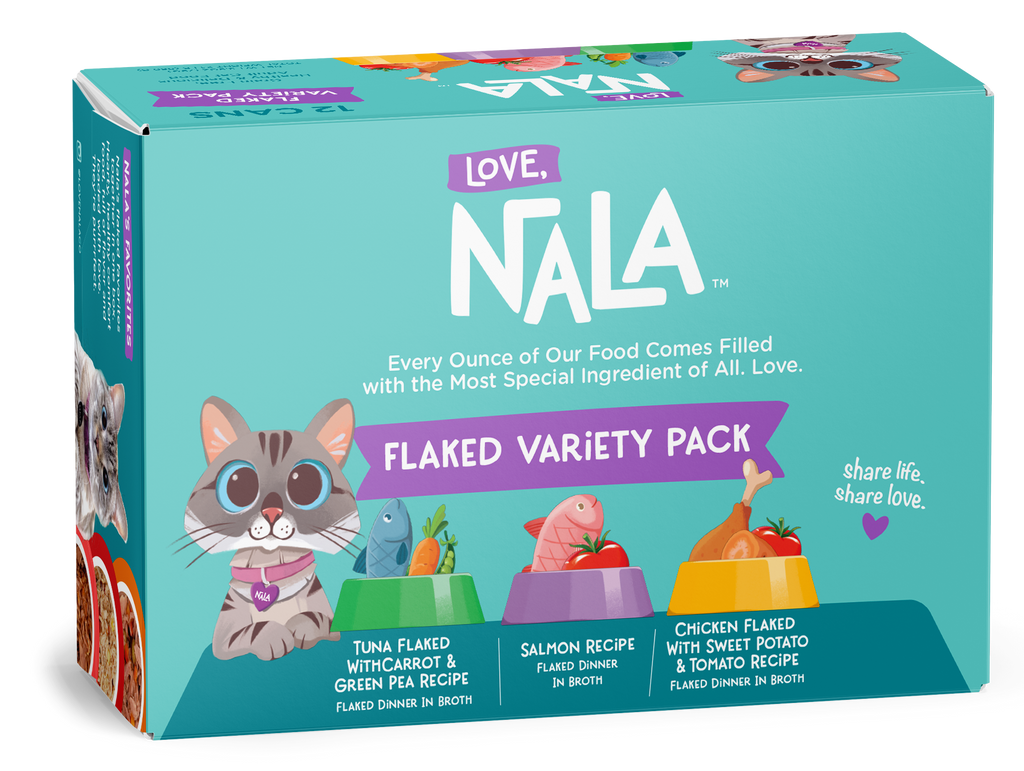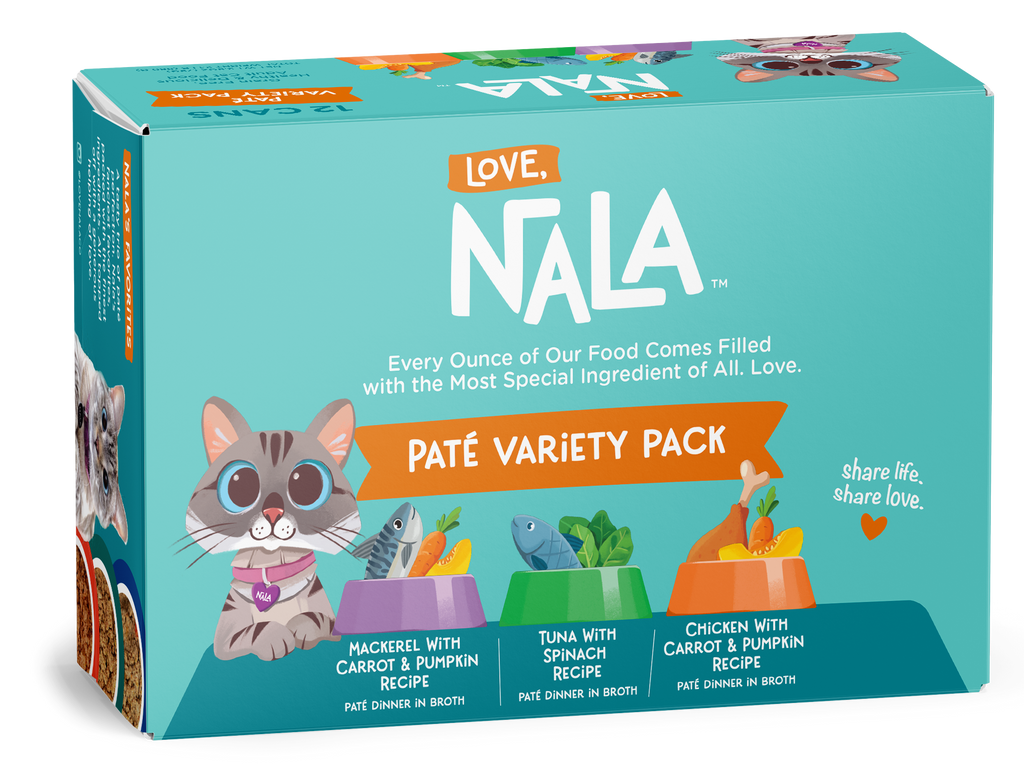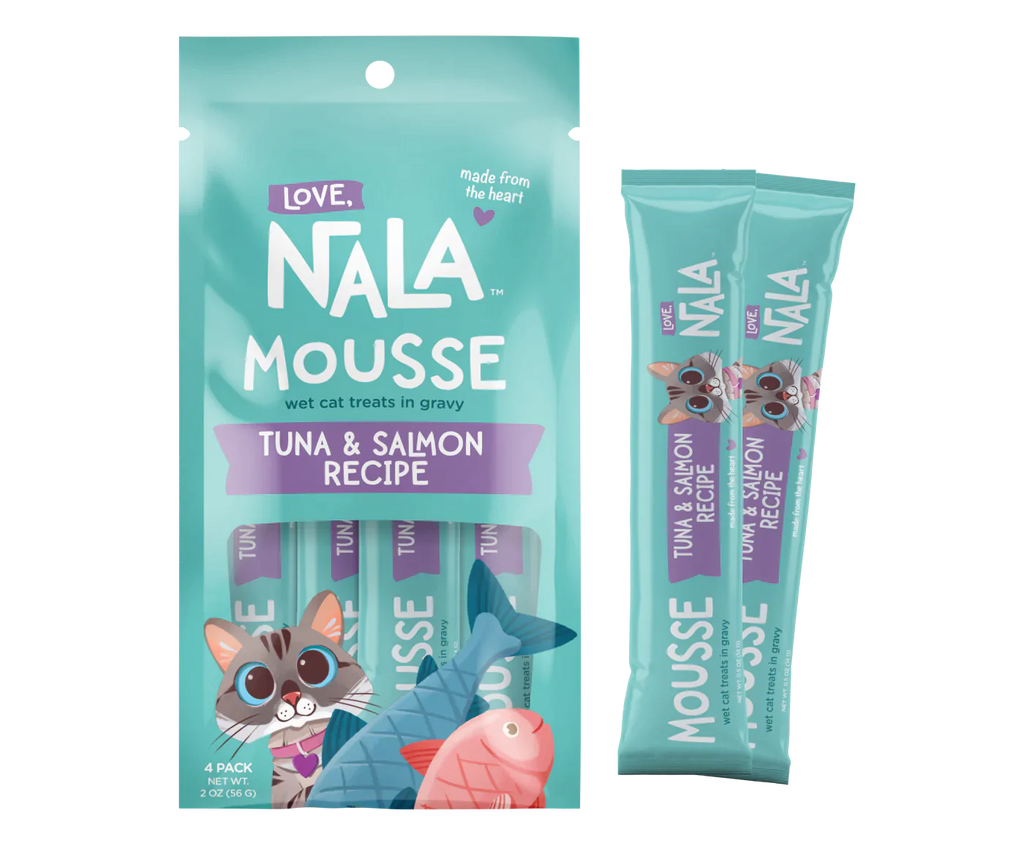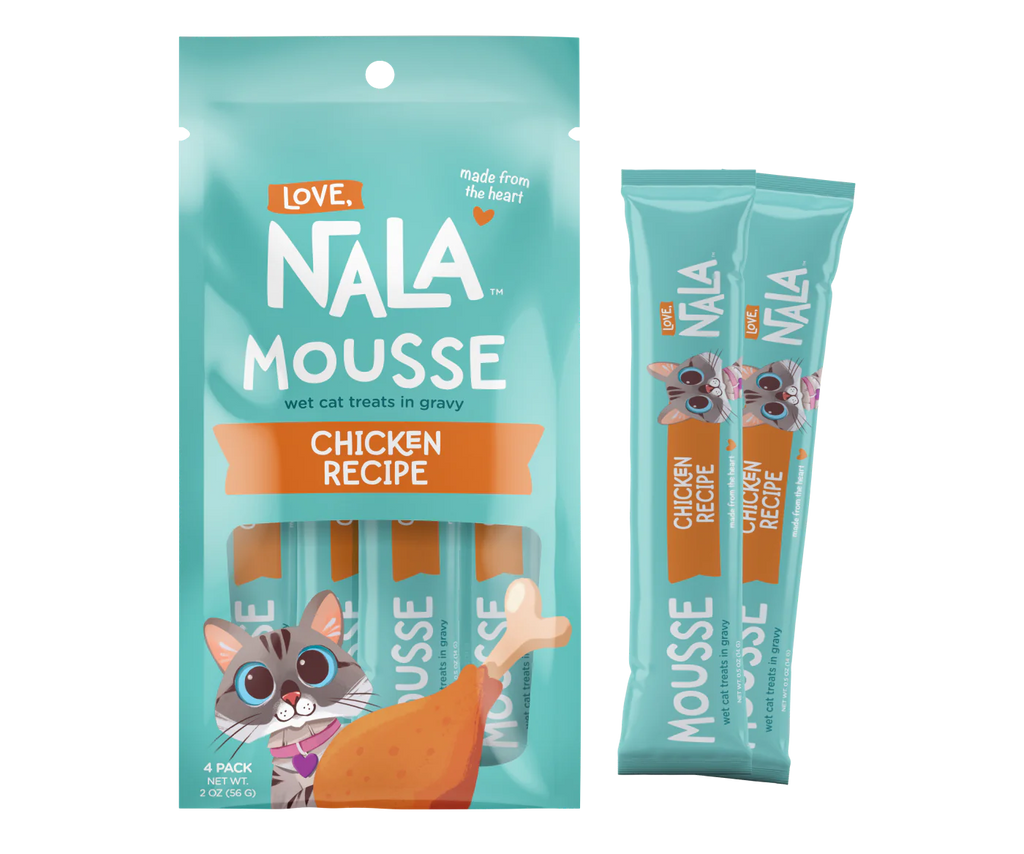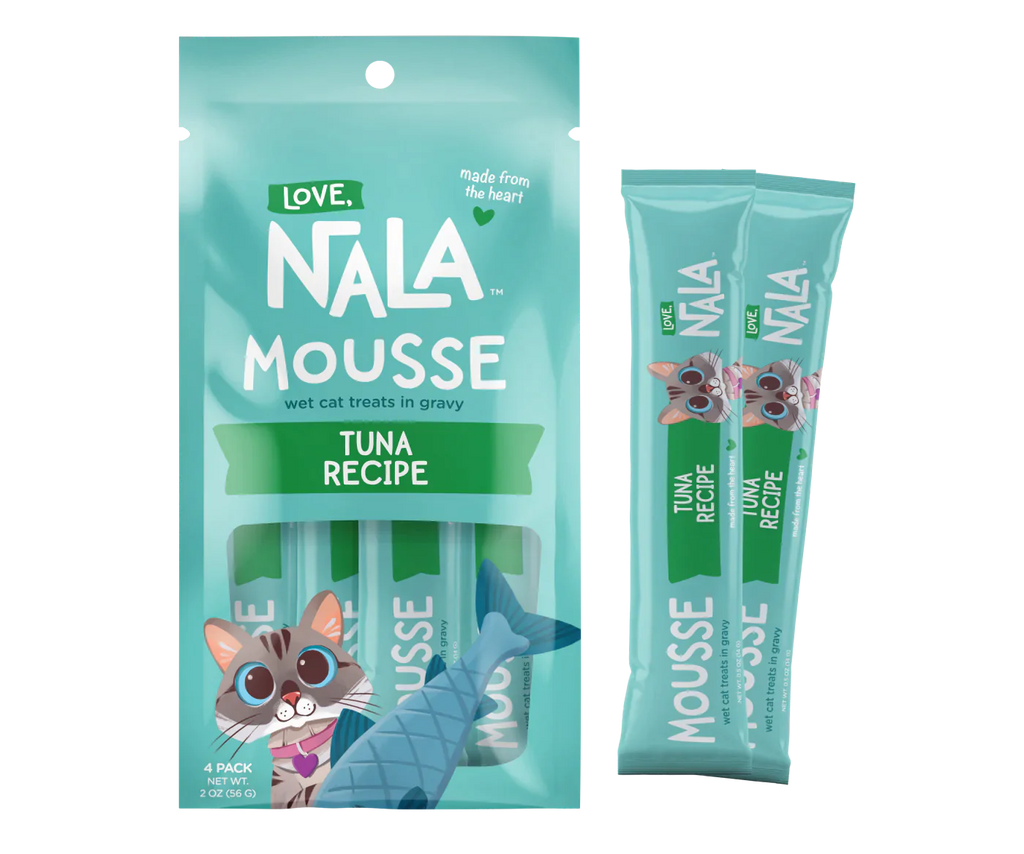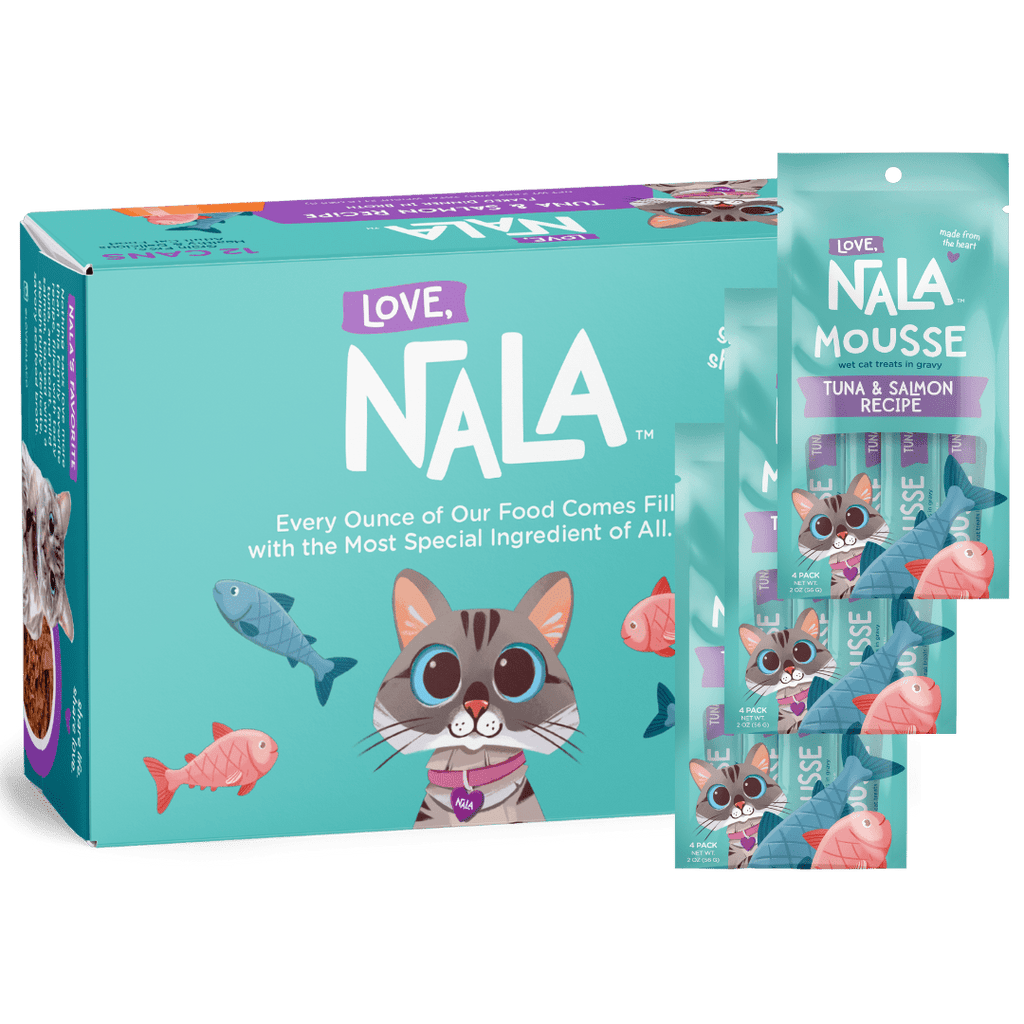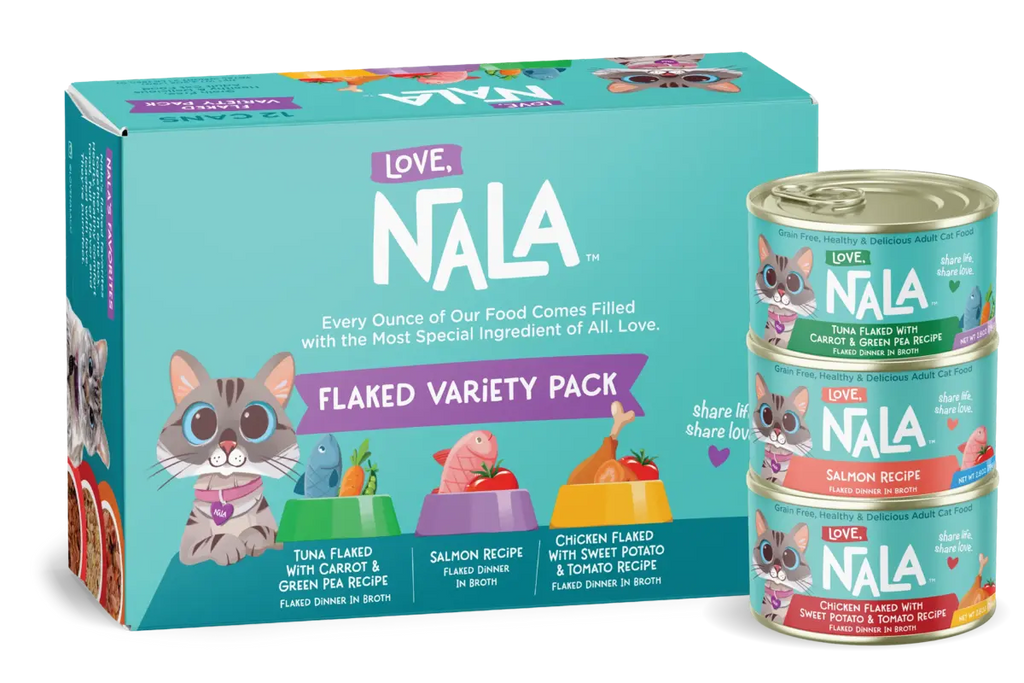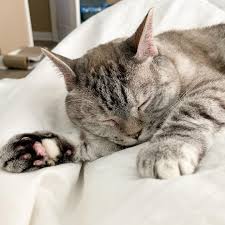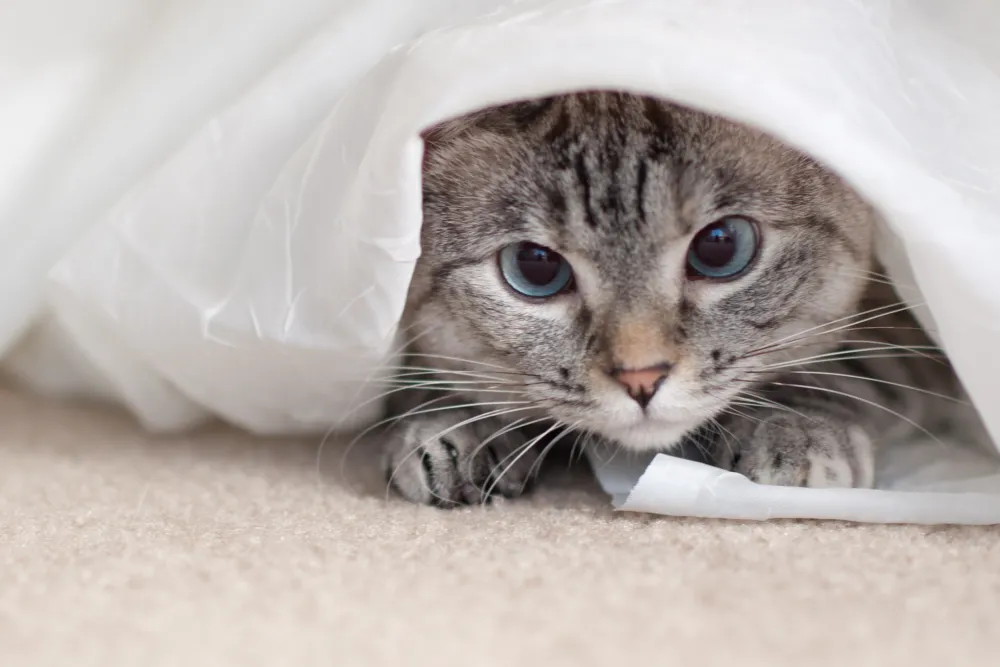In the realm of pet care, few topics have garnered as much attention as the diets we provide our feline friends. With a burgeoning interest in pet health, cat owners are increasingly drawn to various diet trends, each promising optimal health benefits. Among these, grain-free diets and holistic nutrition plans have surged in popularity. These trends reflect a growing desire to align our cats' diets more closely with their natural needs and perceived ancestral habits.
This analysis aims to cut through the noise surrounding contemporary feline diet trends, specifically focusing on no-grain cat diets and holistic nutrition. By unpacking these trends, we endeavor to provide clarity to cat owners, assisting them in making educated decisions about what they feed their pets. This isn't just about following a trend; it's about understanding the impact of these diets on the health and happiness of our cats.
Grain-Free Diets
The inception of grain-free diets for cats originates from the belief that domestic cats’ diets should emulate that of their wild ancestors, who consumed primarily protein. The primary philosophy behind this diet is the exclusion of grains, to mimic a more 'natural', high-protein, low-carbohydrate diet that cats would have in the wild. This approach is rooted in the idea that cats are obligate carnivores and thus do not require grains to fulfill their nutritional needs.
One of the main advantages of grain-less feline nutrition is the potential relief it offers to cats with grain allergies or sensitivities. By eliminating grains, these diets often lead to reduced instances of allergic reactions, which can manifest as skin irritations or gastrointestinal upset in sensitive cats. Additionally, proponents argue that such diets may more closely reflect a cat's natural carnivorous diet, possibly leading to better digestion and health outcomes.
However, grain-free diets are not without their potential disadvantages. Some critics point out that grains can contribute valuable nutrients, such as fiber and essential fatty acids, and their absence might lead to deficiencies. Moreover, these diets can be more expensive than traditional cat foods, and the health claims associated with them are sometimes disputed by veterinary professionals. There is also the consideration that 'grain-free' doesn't necessarily mean 'carb-free,' as many of these diets substitute grains with other carbohydrate sources.
Holistic Diets
Holistic diets for cats are premised on the concept of whole-body health, taking into account the entirety of the cat’s needs rather than just focusing on nutrition. These diets emerged from the desire to feed pets something that aligns more closely with what is perceived as a natural and harmonious way of living. Central to holistic feeding is the use of whole-food ingredients, balanced nutrients across the diet, and often, the inclusion of natural supplements to promote optimal health.
The key benefit of a holistic approach is its emphasis on promoting overall wellness through diet. Cat food without grains that fall under the holistic category often features high-quality, natural ingredients free from artificial additives, which can be easier on a cat's digestive system and reduce exposure to potential allergens. Holistic diets may also include a variety of ingredients that provide a broad spectrum of nutrients, supporting everything from a healthy coat to strong immune function.
The term 'holistic' can be somewhat nebulous in the pet food industry, lacking a clear, regulated definition, which can lead to confusion among consumers. There’s also the risk that these diets, while well-intentioned, might not be nutritionally complete or may lead to imbalances if not carefully formulated. Because the holistic label is more of a philosophy than a regulated standard, it’s vital for cat owners to critically assess these diets to ensure they truly meet their pet’s dietary needs.
Comparing Ingredients and Nutritional Impact
Grain-free cat foods focus on high-quality proteins and often incorporate a variety of both animal and plant-sourced ingredients. Typical animal proteins found in these diets include chicken, fish, and beef, as well as eggs and occasionally more exotic meats like venison, bison, or rabbit. The absence of grains doesn't mean a lack of carbohydrates; instead, these diets usually contain plant-based starches such as potatoes, peas, and legumes, as well as pseudo-grains like amaranth and quinoa. Even fruits and vegetables like cranberries, carrots, and sometimes more unusual choices like blackberries or apricots can be found in the mix1 2.
Holistic cat diets emphasize a balanced and 'natural' approach to feline nutrition, often featuring a blend of high animal protein, low carbohydrates, and no artificial ingredients. These diets aim to mimic what a cat would eat in the wild, including meat, blood, bones, and organs. However, as said before, the term 'holistic' is not regulated, and thus, the actual content can vary widely. Behind the marketing terms like 'natural' and 'holistic,' many of these foods are similar to standard commercial diets in their ingredients and nutritional profiles3 4.
When it comes to the nutritional content of grain-free versus holistic diets, there's a notable lack of evidence supporting the health benefits of grain-free diets over those containing grains. A study comparing both diet types found that the average grain-free diet contained fewer carbohydrates than grain-containing diets, but this was not consistent across all grain-free options. Some grain-free foods had similar or even higher carbohydrate levels than their grain-inclusive counterparts. It's crucial to recognize that switching to a grain-free diet doesn't necessarily mean you're offering a lower-carb or lower-calorie option to your cat, nor does it eliminate common allergens, as many allergens are animal-sourced ingredients that are present in both types of diets5. Additionally, some ingredients like cranberries, which are often included in these diets, do not have proven benefits for cats, highlighting the role of marketing in the formulation of these diets5.
Making an Informed Decision
Understanding your cat's individual needs is paramount when choosing between no-grain cat diets and holistic options. Factors like age, activity level, any existing health conditions, and even personal taste preferences should guide your selection. For instance, older cats might benefit from lower-calorie diets, while active kittens require more protein and fat. Always consider these unique aspects in consultation with a veterinarian who can provide insights tailored to your cat's health profile.
In the pet food market, marketing often trumps science, leading to confusion among consumers. When evaluating claims of carb-free feline diets or the benefits of holistic nutrition, it's essential to discern marketing hype from factual, science-backed information. Look beyond the appealing packaging and buzzwords to the actual ingredient list and nutritional adequacy statements, and seek information from reputable, unbiased sources like veterinary nutritionists.
When delving into grain alternative cat food, research is your ally. Investigate various brands and formulas, looking closely at labeling and ingredient lists to understand what you are feeding your cat. A reputable brand's grain-free or holistic label should be backed by a comprehensive nutrient profile that meets AAFCO standards. Remember, the best diet for your cat is one that meets their specific needs while also fitting into your lifestyle and budget.
When comparing natural grain-free cat food with holistic diet options, it's the balance between nutritional science and the cat's individual needs that truly matters. Both directions have their merits and drawbacks, and neither is a catch-all solution. The goal is to find a diet that provides your cat with a complete and balanced nutritional profile that is also palatable and digestible for them.
Nutritional science, especially within the realm of feline diets, is continually evolving. Staying updated on the latest research and engaging with a community of informed cat owners and veterinary professionals can help ensure that the dietary choices you make for your cat are grounded in solid evidence and best practices.
